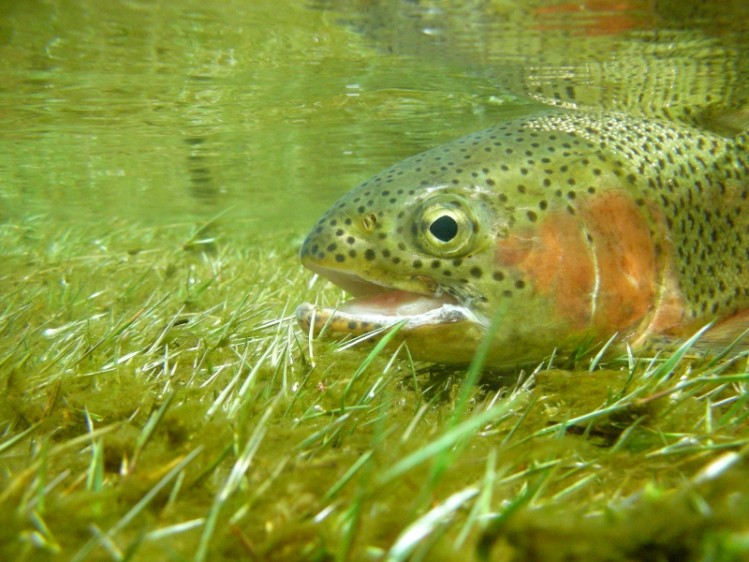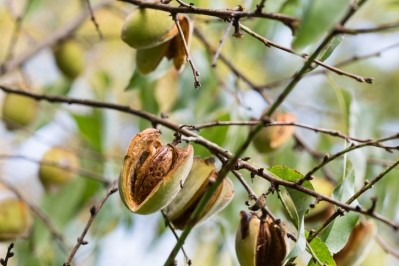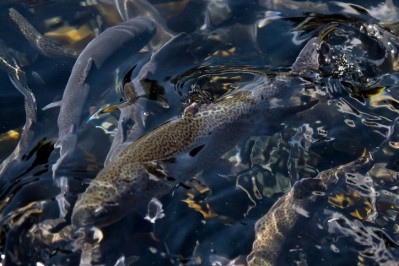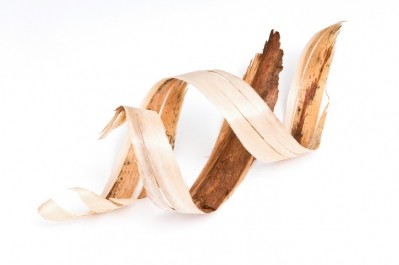Special Edition: Protein Alternatives
From pest to feed? US researcher assesses housefly larva for feed potential

The group of researchers explored the use of housefly larvae to biodegrade cow manure and assessed the insect biomass for its potential as a protein alternative in animal feed, they said. They published their findings in the journal Plos One.
The group was interested in exploring the potential for housefly production because it is an insect species common to multiple environments and has a quick life cycle in the larval growth period, said Vimal Selvaraj, associate professor in the department of animal science at Cornell University, and corresponding author.
The work was funded by the Atkinson Center for a Sustainable Future at Cornell University in addition to the CALS Charitable Trust undergraduate research grant.
Houseflies, or Musca domestica, have a larval growth period that can range from seven to 10 days, somewhat shorter than other species, said Selvaraj.
“People think this is an alternative feed source, but it’s not actually an alternative – fish eat insect larva, chicken eat larva all the time,” he told FeedNavigator. “But there’s no recognition of larva harvesting as an ag system.”
With the growing trial and the amino acid balance found in the larva meal produced, the group gained support to continue its efforts with fly larva meal production for feed use, he said.
“We’re conducting a feeding trial using rainbow trout,” said Selvaraj. “We are replacing the protein source for rainbow trout, which is partially fishmeal and other protein sources, with larval meal.”
It could be economically viable to refine and scale up the production, especially through use of automation, said Selvaraj. Optimal larva yield was at 2% of manure weight, but because there is so much manure produced, that can generate a large amount of protein meal.
“Also, it doesn’t have to be manure,” he said. “They grow in all sorts of waste or other by-products.”
Analysis
The nutritional profile of the larva presented several positive aspects said Selvaraj. “There are sub-classifications that could be of interest and that’s why it seems like an attractive feed ingredient,” he added.
“There were a lot of new things that we found,” he said. “The fatty acid composition was unexpected; it was very similar to olive oil.”
The larva meal was found to be comparable to a high protein feed ingredient, similar to fishmeal, the group found. The meal was about 60% protein, slightly less than fishmeal but more than soybean meal.
And, it offered a balanced amino acid profile with no limiting amino acids and higher amounts of methionine, phenylalanine and tyrosine than either soybean meal or fishmeal, they said. Levels of calcium and phosphorus were higher than what is found in soybean meal, but below fishmeal, while the amount of magnesium present had the opposite trend.
Total metabolizable energy was 2.97 Mcal/kg or on par with fishmeal, they said. It also contained 20% fat, which is more than what is found in fishmeal, with 57% monounsaturated fatty acids and 39% saturated fatty acids.
Future research
A feeding trial using diets designed to replace fishmeal with a larval-meal protein, is ongoing, Selvaraj said. Results of that trial are expected to be published later in the year, but are not being released at this time.
“We are doing the rainbow trout feeding trial, because we want to start looking at an industry that is not a heavy consumer, but that is in desperate need of a [new] protein product,” he said. The poultry industry also could be a good fit for a product like fly larva meal, but its needs are much larger because of the scale involved.
“[However,] for an industry like poultry, as long as companies are scaling up and fine-tuning the production process, I think it would be tremendous,” he said. “We’d have a food source that humans aren’t competing with, that will be better because it’s an animal-based protein source – flies have better nutritional value than plant-based sources as far as digestibility and amino acid balance.”
Additionally, as the price of fishmeal is increasing, and as concerns about overfishing and the strain being placed on forage fish continue, there is interest in developing other protein options, he said.
“The question we’re asking is about palatability and the biological value, or nutritional value, of the protein – is it as close to fishmeal we thought it will be?” he said.
The work also is exploring how the trout respond to having a diet that contains insect larva, including what changes can be seen in the fish because of the difference in diet, said Selvaraj. “There’s a lot of work that needs to be done,” he added.
Another element that could be explored includes if an insect-based protein can influence the composition of bacteria in the gut, he said. “It could be a replacement with added benefits, like decreasing the need for antibacterial use,” he added.
However, work also needs to be done to determine if fly larva raised in manure accumulate heavy metals or toxins, he said. “We want to investigate the benefits and see if there are potential harms, then we can make a recommendation,” he added.
Source: Plos One
Title: Sustainable production of housefly (Musca domestica) larvae as a protein-rich feed ingredient by utilizing cattle manure
DOI: 10.1371/journal.pone.0171708
Authors: M. Hussein, V. Pillai, J. Goddard, H. Park, K. Kothapalli, D. Ross, Q. Ketterings, J. Thomas Brenna, M. Milstein, H. Marquis, P. Johnson, J. Nyrop, V. Selvaraj












